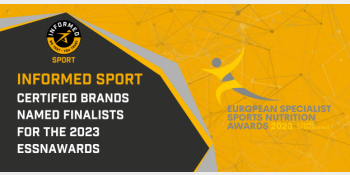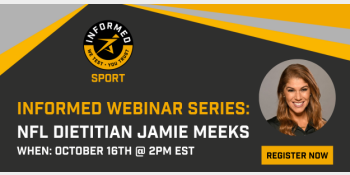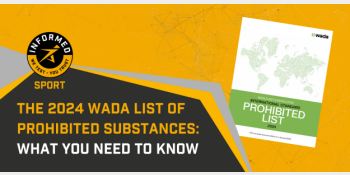INFORMED SPORT NEWS
Australian Supplements Survey Highlights Need for Testing
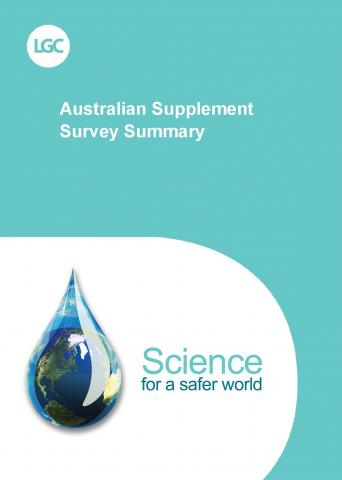
A survey of targeted sports supplements available in Australia has revealed that 19% of the products tested contained substances banned in sport, while results from two of the products indicated a potential risk to health and the likelihood of the consumer failing an anti-doping test.
The survey was conducted by international anti-doping laboratory LGC on products that did not claim to undergo regular banned substance testing, and the aim was to assess the risk to athletes and the general consumer.
After a review of the Australian sports supplements market, LGC selected 67 untested products across the range of functional groups and matrices, and screened them for compounds which are prohibited by the World Anti-Doping Agency (WADA).
LGC’s anti-doping testing methods have been developed over the last decade for the Informed Sport programme and are designed to identify banned compounds such as anabolic agents (endogenous and exogenous steroids), stimulants, diuretics and Beta-agonists in the low parts per billion.
“The sports nutrition industry has made significant strides in recent years to enhance quality assurance, and we know this from the growth of Informed Sport in this market-place,” said LGC Director of Business Development, Terence O’Rorke.
“But we also know there are some brands which do not yet engage in this type of testing, and for that reason present a risk to athletes that face anti-doping controls. This study is very similar to surveys conducted in other territories by LGC and other anti-doping laboratories.
“Contamination can be a challenging issue and it is clear that most Australian brands and manufactures are very focused on providing products with high quality assurance. But there are also rogue brands that are willing to cut corners, and in the worst incidences actually spike products.”
LGC informed the Australian Sports Anti-Doping Authority (ASADA) about the survey findings, and in particular highlighted the two that presented significant risk. ASADA has published a blog around the survey.
There were 15 findings for stimulants and five for steroids, all of which suggested cross-contamination within the manufacturing process or natural occurrence from complex botanical materials.
The most commonly observed banned substance was the stimulant 1,3-dimethylbutylamine, which is also known as AMP Citrate and DMBA.. Methylhexaneamine – responsible for a large number of anti-doping violations in recent years – was also observed in two cases. Weight management products had the most findings.
“It is reassuring that Australian athletes have access to a wide range of tested brands and products in Australia, but they need also to remain vigilant to the risks,” added O’Rorke.
“Athletes should only use products on the Informed Sport programme - it is the most effective means of minimising any risk - otherwise they expose themselves to a potentially career-ending doping violation.”
LGC conducts analysis for the Informed Sport programme at its anti-doping laboratories in the UK and USA.
In addition to testing sports supplements, LGC also provides doping control for animal sports and is the official anti-doping laboratory for equine sports at the 2016 Olympic Games.
For a copy of the survey summary visit www.supplementsinsport.com


